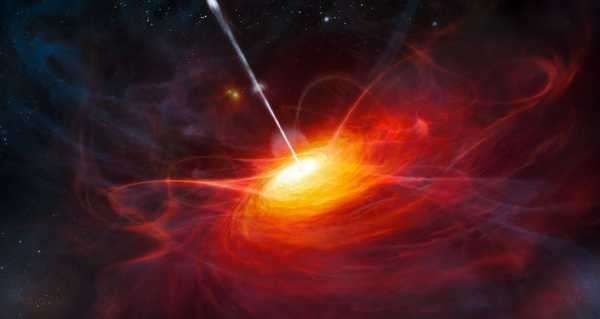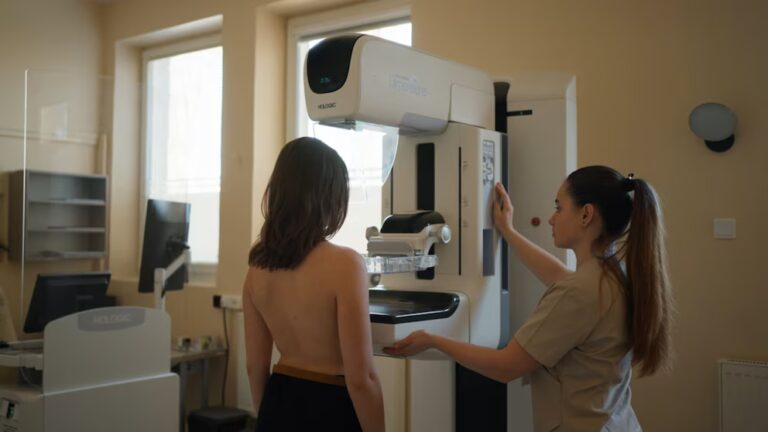
Scientists had been sifting through years of observational data accumulated by NASA’s Fermi gamma-ray space telescope, as they detected an unusual rhythm pattern, or “heartbeat”, in a system about 15,000 light years away from Earth.
Scientists have spotted a mysterious gamma-ray heartbeat emitted by a seemingly inconspicuous cosmic gas cloud.
Further studies by the team, led by DESY Humboldt Fellow Jian Li and ICREA Professor Diego F. Torres from Spain’s Institute of Space Sciences (IEEC-CSIC) showed that cloud in the constellation Aquila was pulsing in sync with the rhythm of a neighboring black hole, hinting to a connection between the two objects.
The team, which also involved scientists from DESY (Germany), ICE (Spain), Nanjing University (China), the US Naval Research Laboratory (USA) and Purple Mountain observatory (China) published their report “Gamma-ray heartbeat powered by the microquasar SS 433” on17 August in the journal Nature Astronomy.
The scientists had been going over ten years’ worth of data from NASA’s Fermi gamma-ray space telescope as they studied the so-called microquasar.
The latter is a smaller version of a quasar – a compact region around a stellar black hole with a mass several times larger than its companion star.
As matter is sucked from the companion star, an accretion disk is formed around the black hole.
The system observed by the team, named SS 433, is located some 15 000 light-years away in the Milky Way.
Its giant star is some 30 times the mass of our Sun and the black hole boasts about 10 to 20 solar masses.
As the two orbit around each other within a period of 13 days, the black hole sucks matter from the star.
According to Jian Li, before it plunges into the black hole, the material accumulates in an accretion disc, which swirls like water before slipping through the drain of a bathtub.”
The jet’s high-speed particles, coupled with its powerful magnetic fields, produce X-rays and gamma rays.
Accordingly, the research states that the disc sways, like a “spinning top slanted on a table.”
This “precession” of the black hole’s jets lasts about 162 days.

Surroundings of the supermassive black hole at the heart of the active galaxy NGC 3783 in the southern constellation of Centaurus (The Centaur)
Analysis showed that a gamma-ray signal being emitted with the same period – “in sync” – was coming from an area far from the micro quasar’s jets.
Noted as Fermi J1913+0515 by the scientists, this region pointed the team to the gas cloud whose pulsing emissions seemed to be powered by the microquasar.
Suggested explanations were direct periodic illumination by the jet, which was dismissed as unlikely.
Another idea is based on the impact of fast protons produced at the ends of the jets or near the black hole, and injected into the cloud. The particles produce gamma rays as they hit the gas.
It has also been suggested that protons might be part of an outflow of fast particles from the edge of the accretion disc.
As subsequent observations are required to explain the origins of the bizarre gamma-ray heartbeat of the system, the team hope that it might provide a testbed for their ideas on “cosmic-ray production and propagation near micro quasars” in the years to come.
Sourse: sputniknews.com






